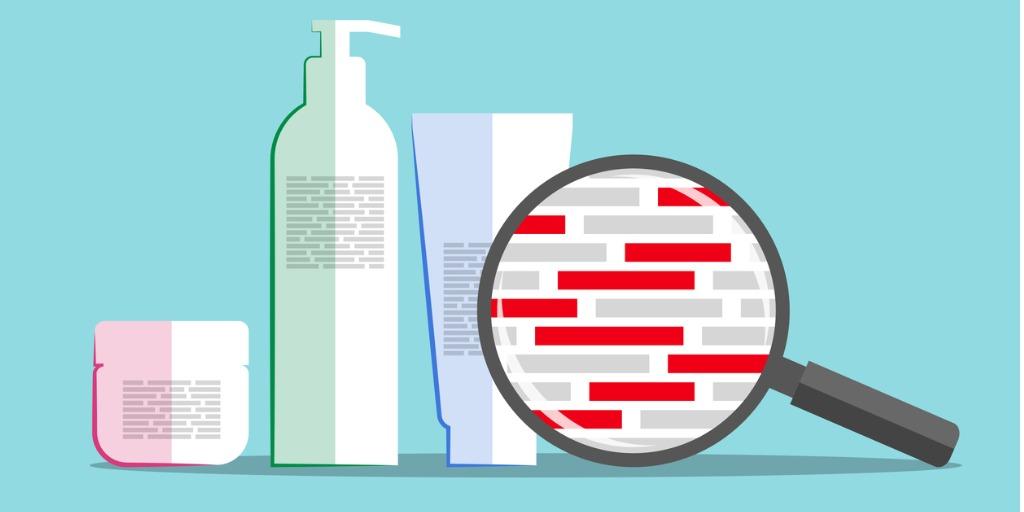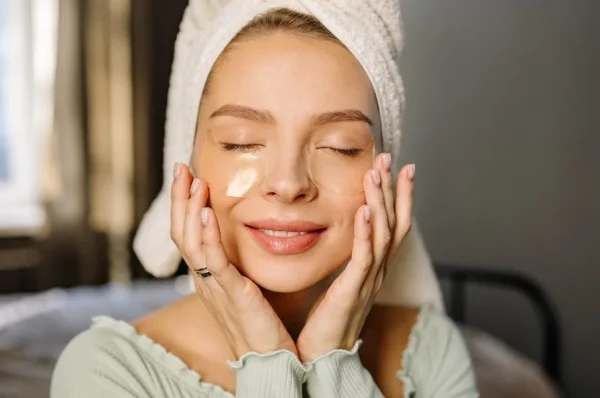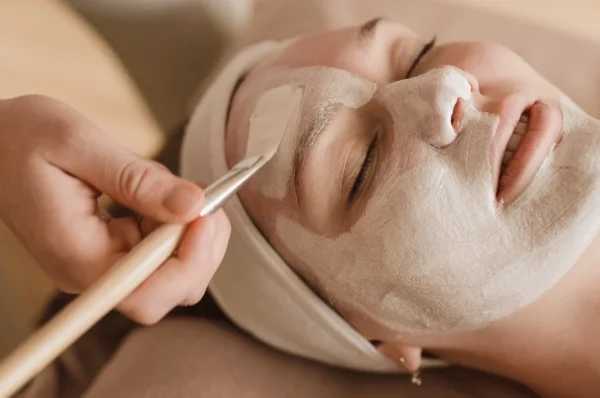Most cosmetics available at your fingertips usually contain many harmful ingredients that adversely affect our health. Such substances may cause irritation, allergies and rashes. Cosmetics manufacturers reduce production costs by adding chemicals to them. They do appear on the labels; however, their names are unfamiliar to most customers.
SLS & SLES
Strong detergents, very popular due to their foaming abilities. They have cleansing and degreasing properties. They are used in cosmetics (bath gels, shampoos) and in cleaning products. SLS and SLES can cause dryness and irritation to the skin.
| Sodium Lauryl Sulfate | Sodium Laureth Sulfate |
Petroleum derivatives
Petroleum derivatives such as paraffin, mineral oil and petroleum jelly are cheap raw materials used as a filler in many cosmetics. They have no nutritional value, clog pores and promote the growth of anaerobic bacteria, which causes the formation of pimples and acne.
| Paraffinum Liquidum | Vaseline | Isohexadecane |
| Paraffin Oil | Synthetic Wax | Isobutane |
| Paraffinum solidum | Ceresin | Isopropane |
| Isoparaffin | Petrolatum | Ozokerite |
| Mineral Oil | Cera Microcristallina | Isododecane |
Parabens
Parabens (para-hydroxybenzoic acid esters) are preservatives used in the production of cosmetics, medicines and food. They interfere with the secretion of hormones, cause atopic dermatitis, allergies and itching. They should be avoided during pregnancy as it may affect the fetus.
| Methylparaben | Isopropylparaben | Benzylparaben |
| Ethylparaben | Propylparaben | Butylparaben |
PEG & PPG
PEG & PPG (polyethylene glycol & polypropylene glycol) are emulsifiers that are designed to give cosmetics the right consistency by allowing oils to bind with water. Studies show that PEG and PPG may be carcinogenic and cause inflammation and irritation. They can be found on the labels by names with the prefix PEG and PPG and the ending -eth.
Formaldehyde
Carcinogenic and irritating gas with bactericidal effect. It is most often found in nail polishes and hair sprays. This substance may cause allergic reactions, irritation and respiratory problems.
| Benzylhemiformal | DMDM Hydantoin |
| 5-Bromo-5-nitro-1,3-dioxane (Bronidox) | Methenamine |
| Diazolidinyl Urea | Glutaral |
| Imidazolidinyl Urea | Hexetidine |
| Quanternium-15 | Iodopropynyl Butylcarbamate |
Chemical UV filters
Chemical UV filters cause allergic reactions and adversely affect the condition of the skin. They have the ability to penetrate the bloodstream, which can affect the body’s hormonal balance.
| Homosalate | Ethylhexyl Methoxycinnamate | Octyl Methoxycinnamate |
| Benzophenone-3 | Butyl Methoxydibenzoylmethane | Octyl Dimethyl PABA |
| Benzophenone-4 | 4-Methylbenzylidene Camphor | Octocrylene |
Phthalates
Phthalates (phthalic acid esters) are substances that give the product flexibility and durability that enter the body through the skin, digestive tract and respiratory tract. They can cause health problems and hormonal disorders. They are used to make hairsprays, nail polishes, body lotions, as well as perfumes. Manufacturers are not obliged to include phthalates on product labels.
| Diethyl phtalat (DEP) | Dimethyl phtalat (DMP) |
BHA & BHT
BHA & BHT are preservatives that can be carcinogenic, interfere with hormones, and damage organs such as the kidneys and liver. They are used in the cosmetics and food industry.
| Butylohydroksytoluen | Antrancine 12 |
| Butylated Hydroxytoluene | Embanox |
| Butyled Hydroxyanisole | Tenox BHA |
| Antioxyne 2 |
When checking the composition of cosmetics, remember that the ingredients contained in the product are placed according to the percentage concentrations (from highest to lowest). Take care of your health and choose cosmetics wisely.
You may also be interested in:
10 Best Products for High Porosity Hair
What is Double Cleansing and How to do it right?
5 reasons why you should use natural cosmetics
Sources:
https://biotechnologia.pl/kosmetologia/peg-free-o-co-chodzi,15074
https://biotechnologia.pl/kosmetologia/co-kryje-sie-pod-nazwa-peg,12738
https://www.hushaaabye.pl/2019/05/niebezpieczne-filtry-przenikajace-i.html
https://naturnika.pl/pl/i/Niebezpieczne-skladniki-w-kosmetykach/6
https://makehappyday.com/co-najbardziej-szkodzi-w-kosmetykach-lista-skladnikow/
http://luskiewnik.strefa.pl/toksykologia_kosmetyka_wyklad_PWSZ_Krosno_Rozanski_Henryk.pdf




